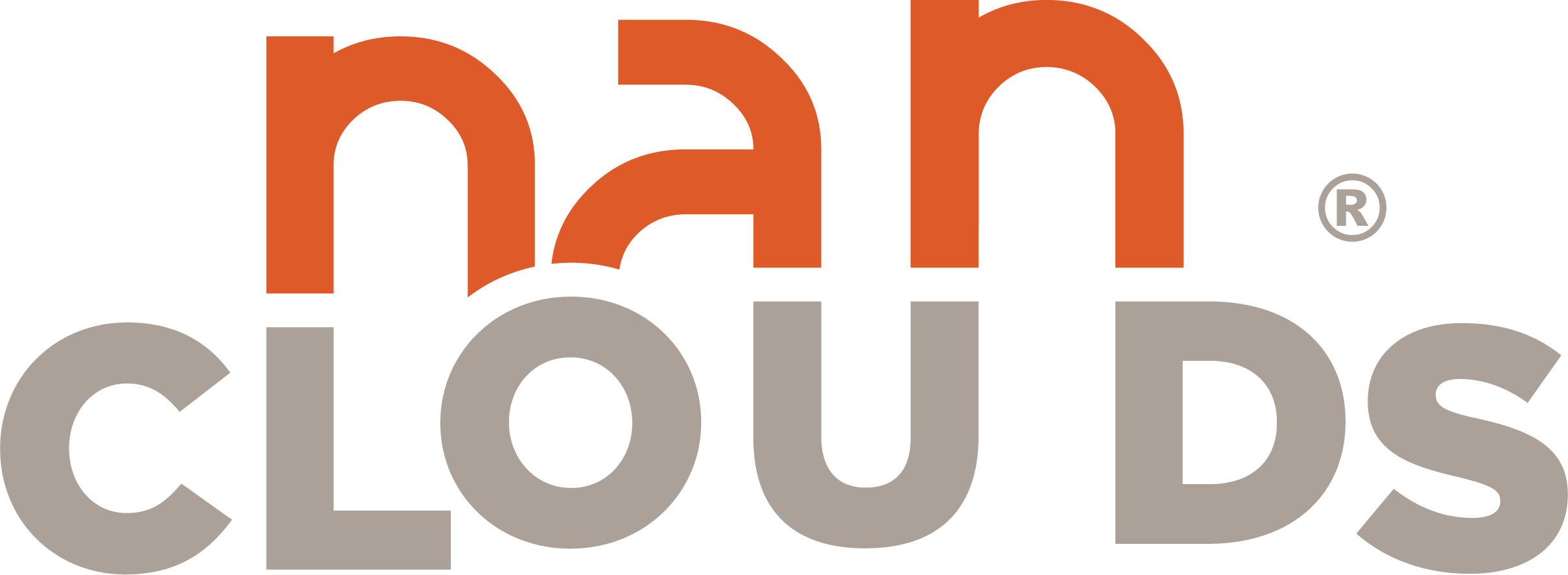Alcohol and Dopamine Does Alcohol Release Dopamine?
Dopaminergic neurons reach not only the NAc, but also other areas of the extended amygdala as well as parts of the septo-hippocampal system. Consequently, dopamine acts at multiple sites to control the integration of biologically relevant information that determines motivated responding. At any moment, someone’s aggravating behavior or our own bad luck can set us off on an emotional spiral that threatens to derail our entire day.
Is moderate drinking heart-healthy?
On average, these medications will cause people who drink heavily — meaning four or more drinks in a day for women, five or more for men — most days of the week to do so one or two days less per week. However, this average varies significantly between patients — some see a large effect, and some see no benefit. While drinking initially boosts a person’s dopamine levels, the brain adapts to the dopamine overload with continued alcohol use. It produces less of the neurotransmitter, reducing the number of dopamine receptors in the body and increasing dopamine transporters, which carry away the excess dopamine.
- When we start drinking alcohol, our bodies produce extra dopamine, which travels to the parts of the brain known as ‘reward centres’ – the bits that make us feel good and make us want to do more of whatever we’re doing [1].
- My laboratory and several others are conducting trials of these medications, with results expected in the next one to two years.
- Finally, recent research suggests that gabapentin may be more effective in people with a history of alcohol withdrawal.
- The hypothesis that atypical antipsychotics may decrease alcohol intake are supported by two separate studies with risperidone and olanzapine in high‐alcohol‐preferring rats [154, 155].
- Based on this clinical finding and the knowledge that olanzapine also has a high affinity for the D4 receptors, it was hypothesized whether the dopamine receptor D4 gene maybe involved in meditating its clinical effects.
FC mediation of AB
Briefly, acute alcohol increases dopamine release across the striatum [14] primarily due to increased firing of midbrain dopaminergic neurons, an effect that may underlie the initial reinforcing properties of alcohol. In individuals that drink alcohol frequently, however, Top 5 Advantages of Staying in a Sober Living House tolerance develops, and more alcohol is consumed. Concomitantly, adaptations in glutamatergic, GABAergic, and dopamine transmission occur [15] and greater or continued amounts of alcohol can result in allostatic changes to preserve normal brain function.

Demographic and psychometric data
Further research aimed at clarifying the interaction between the DA system, the glutamatergic system and other neurotransmitter systems is needed before it will be possible to improve the effectiveness of interventions for preventing and treating alcohol dependence. A large body of evidence indicates that dopamine plays an important role in motivation and reinforcement6 (Wise 1982; Robbins et al. 1989; Di Chiara 1995). These factors include (1) the type of stimuli that activate dopaminergic neurons, (2) the specific brain area(s) affected by dopamine, and (3) the mode of dopaminergic neurotransmission (i.e., whether phasic-synaptic or tonic-nonsynaptic). The brain is highly vulnerable to the damaging effects of alcohol, which disrupts communication between brain cells. Excessive or chronic alcohol use can lead to a steady decline in cognitive function, causing memory problems, difficulty learning new information, mood changes, and behavior changes. These include Ozempic and Wegovy, which are FDA-approved for diabetes and weight loss.
- By the way, many rehab centers offer exercise therapy, which is an experiential approach that boosts feel-good neurotransmitter release.
- Indeed, in rodent models, alcohol abstinence or withdrawal periods are often followed by enhanced rebound alcohol drinking, the alcohol deprivation effect [66].
- The liver metabolizes most of the alcohol you consume, breaking it down into acetaldehyde.
Alcohol and your mood: the highs and lows of drinking

Therapy sessions will teach you coping techniques to deal with the triggers that fuel drinking. You may also receive treatment for depression at the same time, as it is one of the primary withdrawal symptoms. The developing adolescent brain is particularly vulnerable to alcohol-related harm. Alcohol is a powerful reinforcer in adolescents because the brain’s reward system is fully developed while the executive function system is not, and because there is a powerful social aspect to adolescent drinking.
Alcohol Addiction and Withdrawal
These varying results may be due to the use of different animal models or different research protocols. The dopamine (DA) system in the CNS includes the nigrostriatal pathway, the mesolimbic pathway and the tuberoinfundibular pathway. Dopamine is mainly produced in the substantia nigra, projected along the nigrostriatal pathways and stored in the striatum.
Alcohol consumption, blood ethanol concentrations, and drinking patterns
Faster response times (RT) in trials in which the target was congruent with the alcohol image versus the neutral image indicates AB toward alcohol-related cues via selective attention capture. Some experiments found no difference in DA release in the NAc after intraperitoneal injection of ethanol between P and NP rats. For example, Yoshimoto and colleagues[11] and Gongwer https://parliamentobserver.com/2024/05/27/top-5-advantages-of-staying-in-a-sober-living-house/ and colleagues[23] found that although HAD and LAD rats differed in their basal level of extracellular DA, they did not differ in CNS DA release after intraperitoneal injection of ethanol. Similarly, Kiianmaa and colleagues[28] found no differential increase of extracellular DA concentration in the NAc between AA and ANA rats after microdialysis of ethanol.
The FDA typically requires medications to demonstrate efficacy in at least two Phase 3 trials prior to approval for a new purpose. Many effective treatments exist for alcohol use disorder, including psychotherapy, peer support groups such as Alcoholics Anonymous and SMART Recovery, and medications. I’m a clinical psychologist and neuroscientist, and for the past 15 years, my research has focused on evaluating medications for alcohol use disorder. Addictive substances hook people physically by messing with their brain’s chemistry.
Dopaminergic neurons are activated by stimuli that encourage a person or animal to perform or repeat a certain behavior (i.e., motivational stimuli). From there, the information is passed on to the various brain areas where dopaminergic neurons terminate. Consequently, through the activation of dopaminergic neurons, motivational stimuli can influence the activity of various parts of the brain that might serve different behavioral functions.

